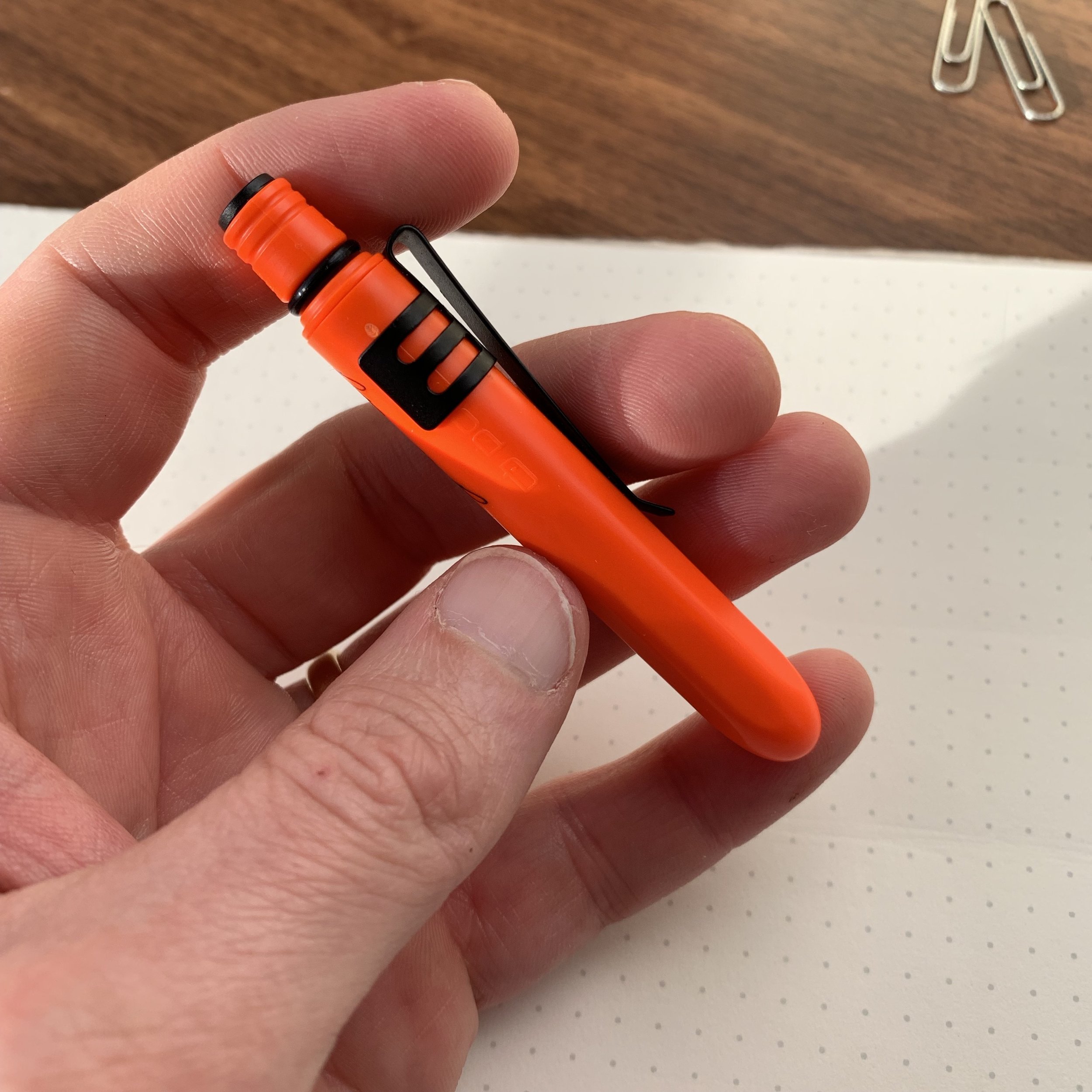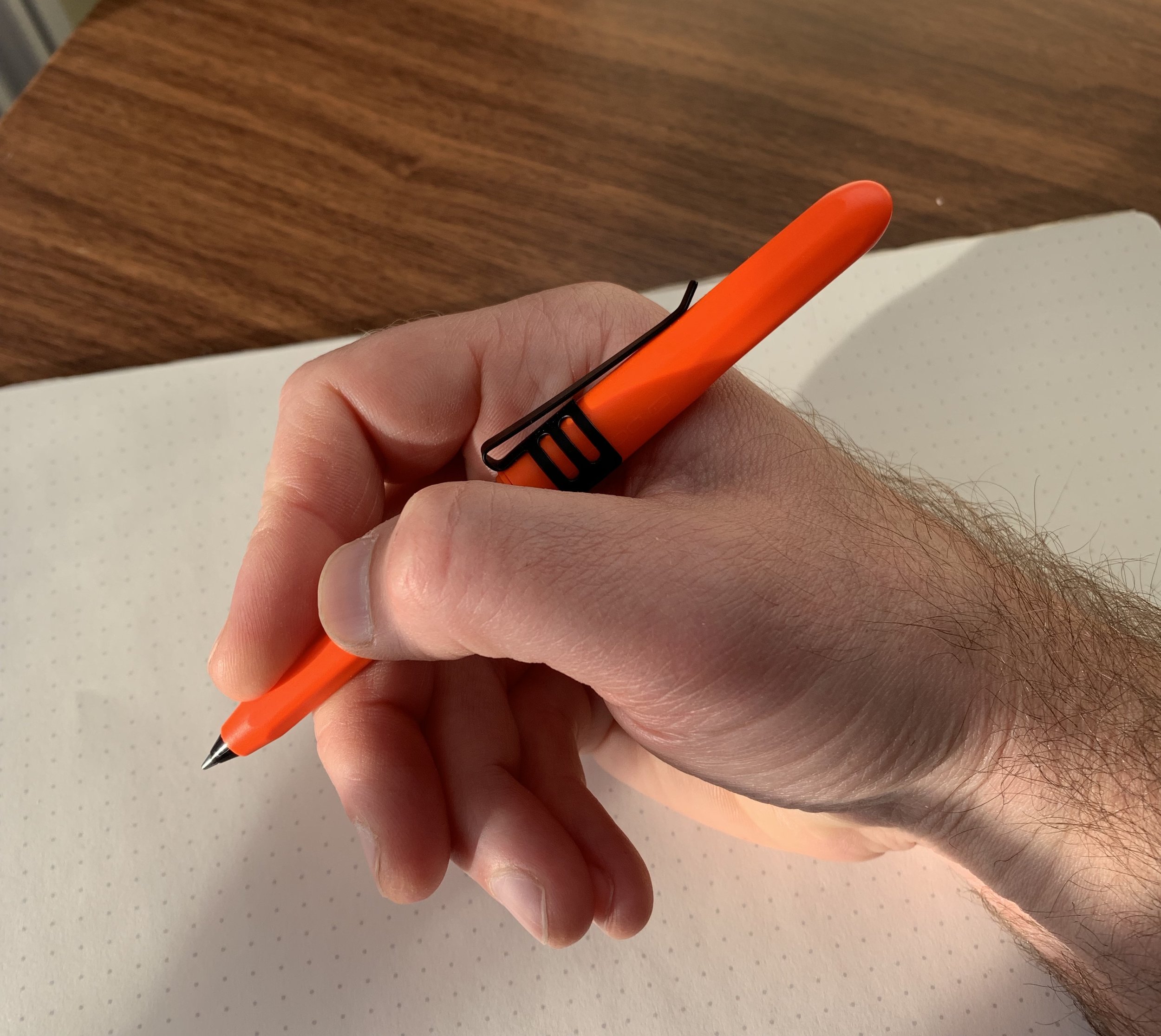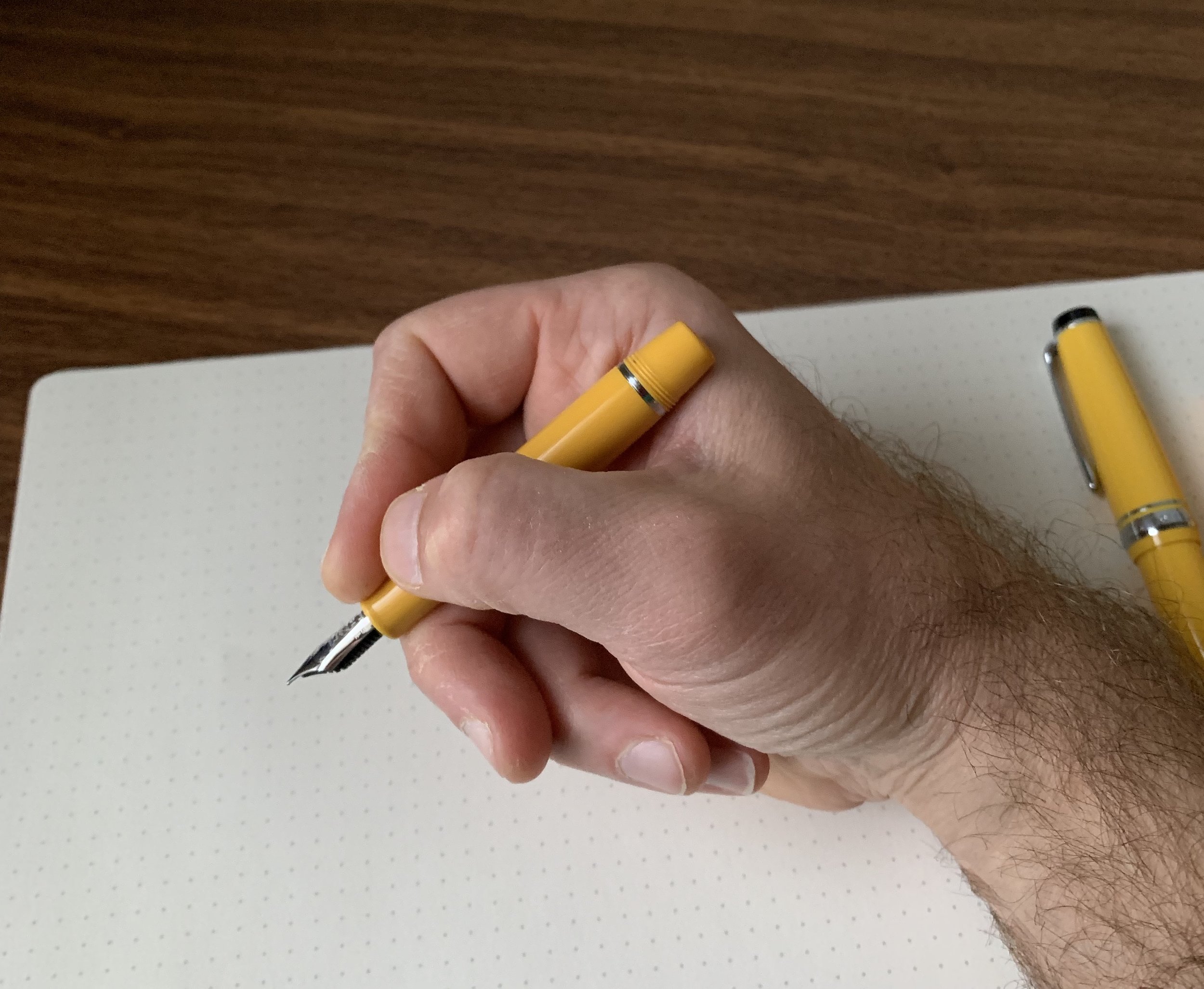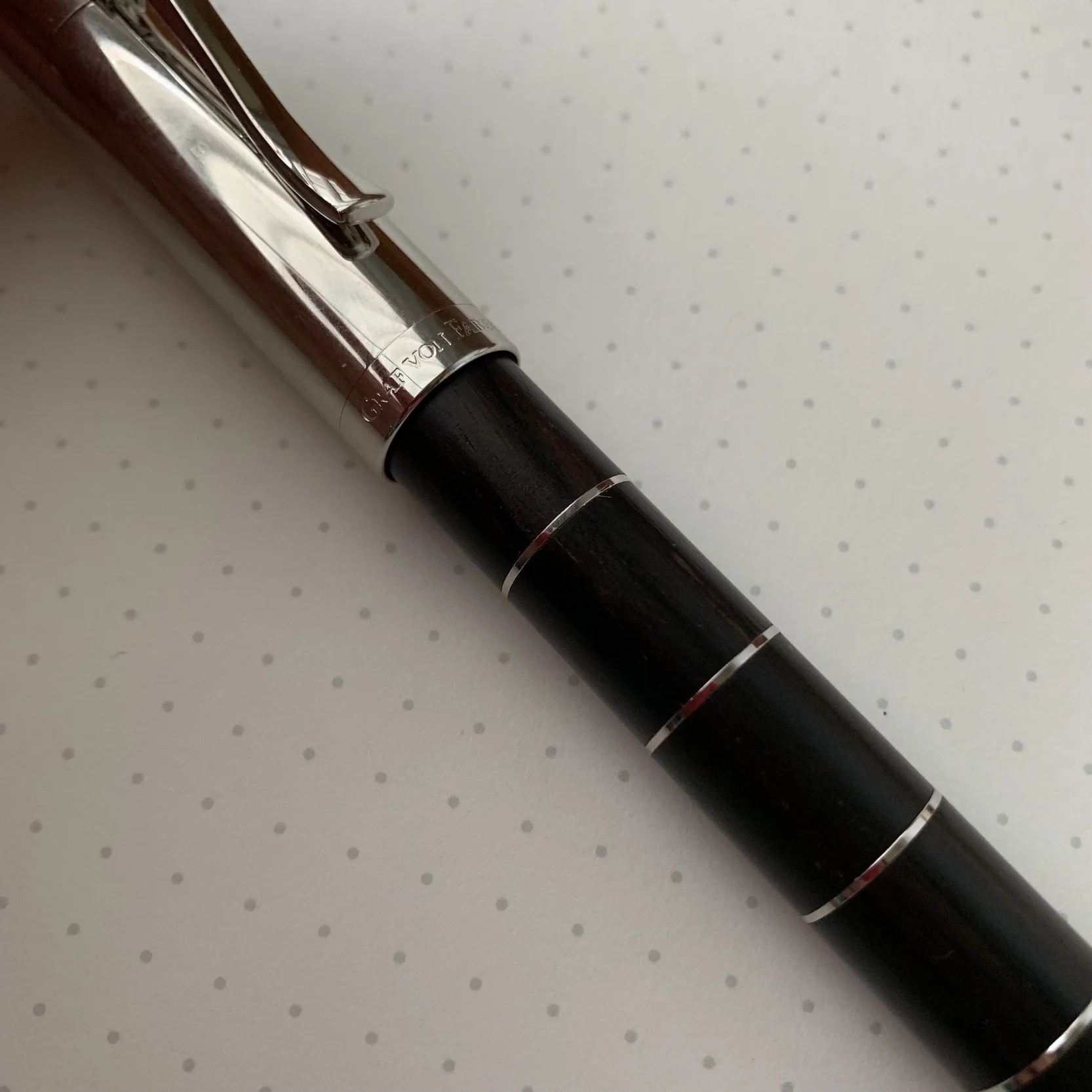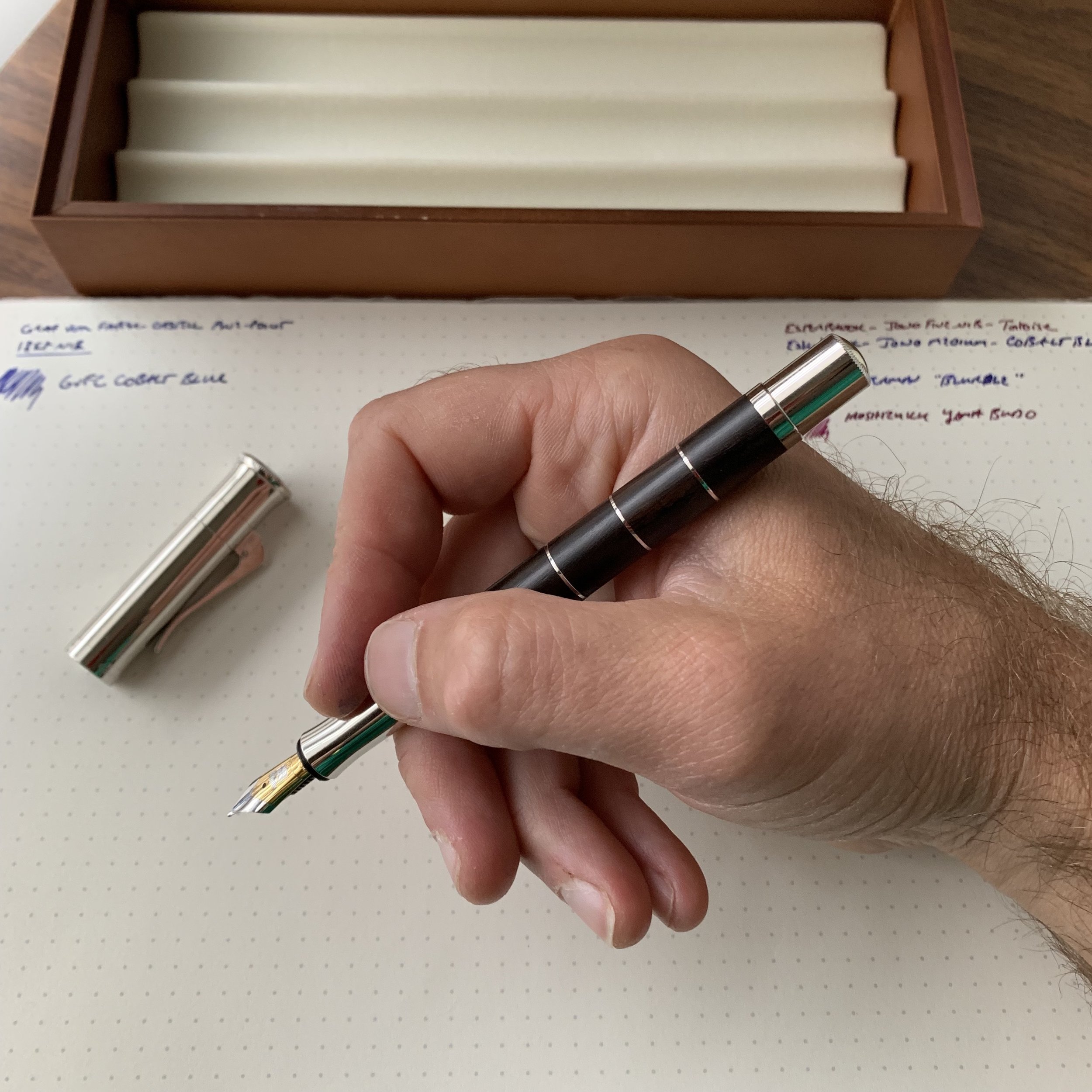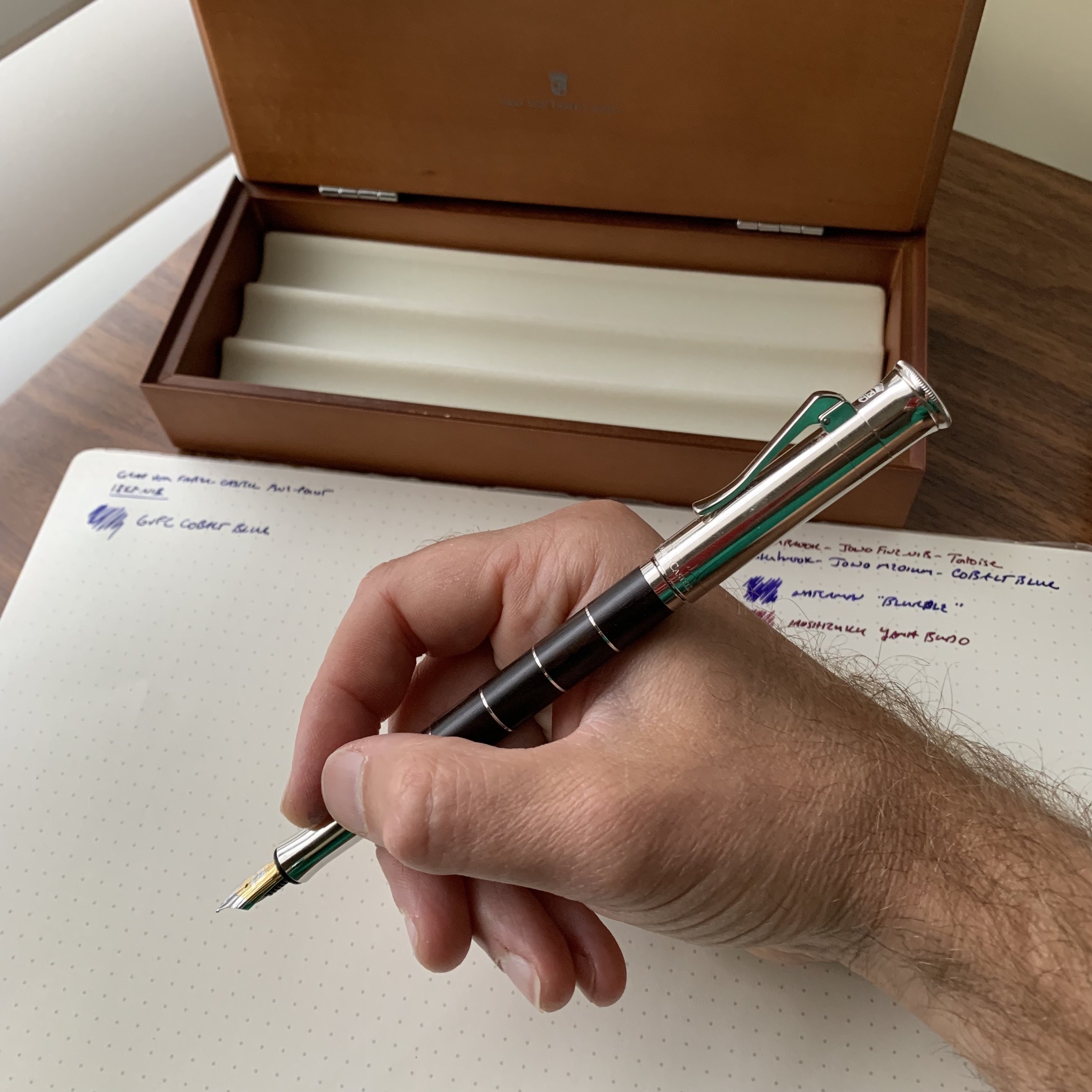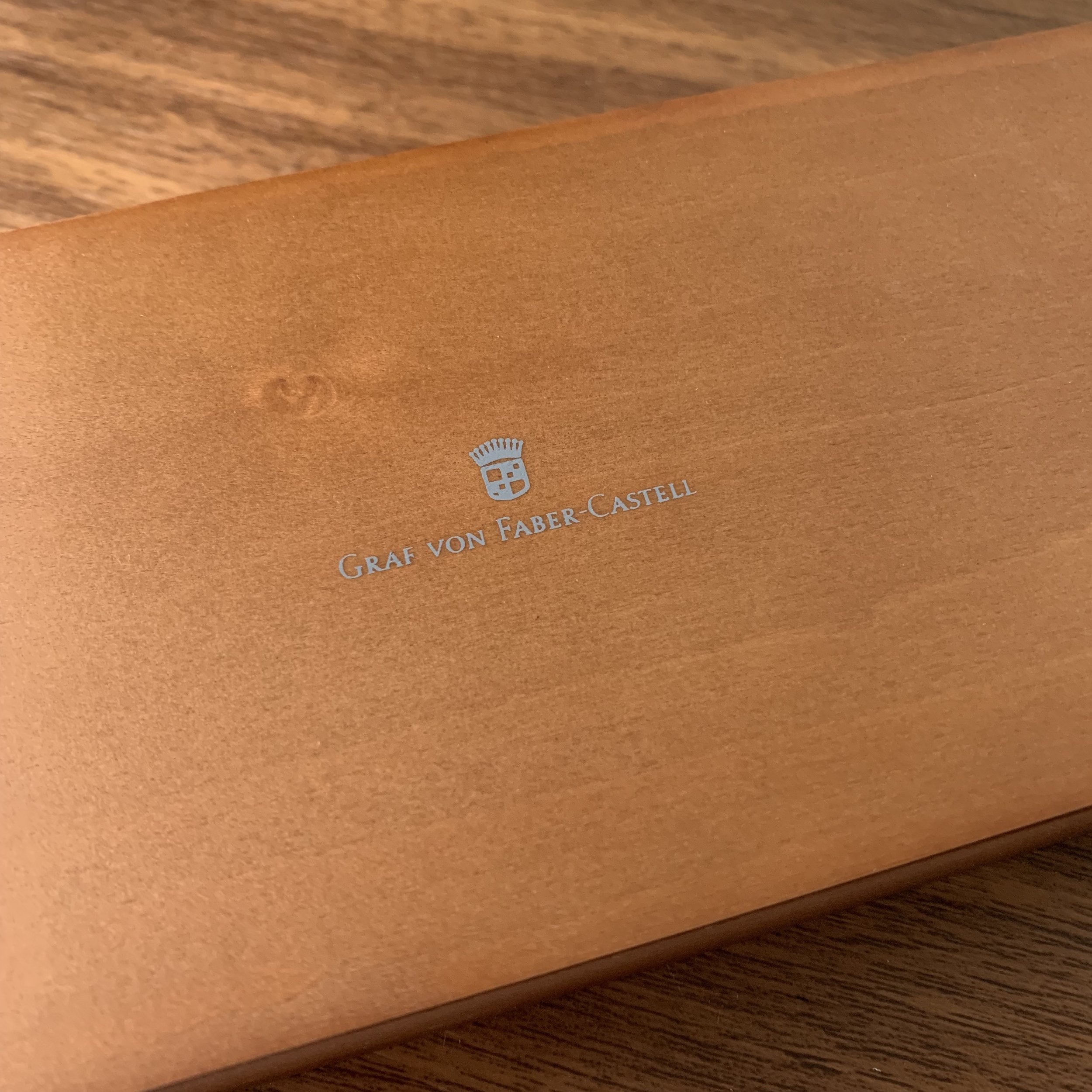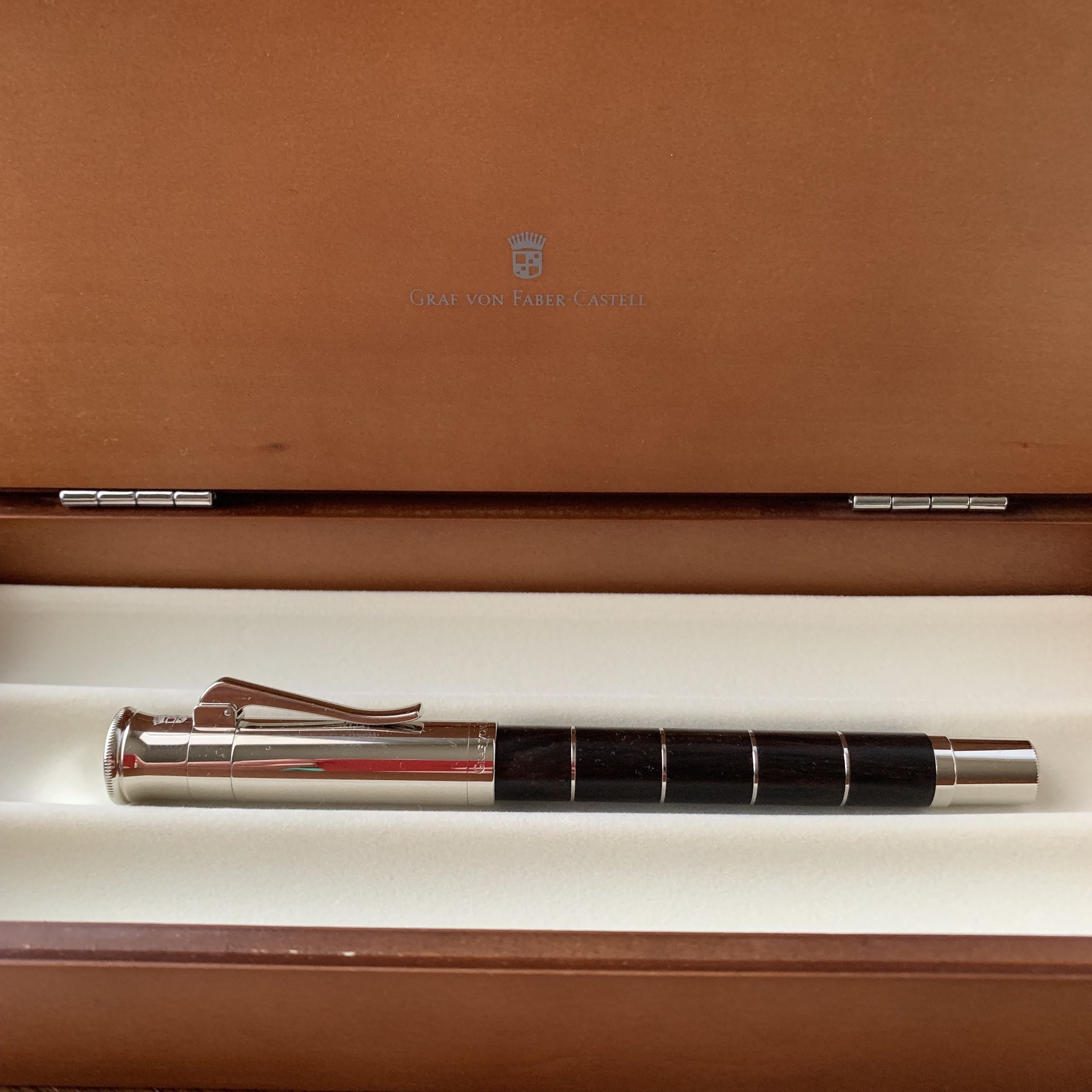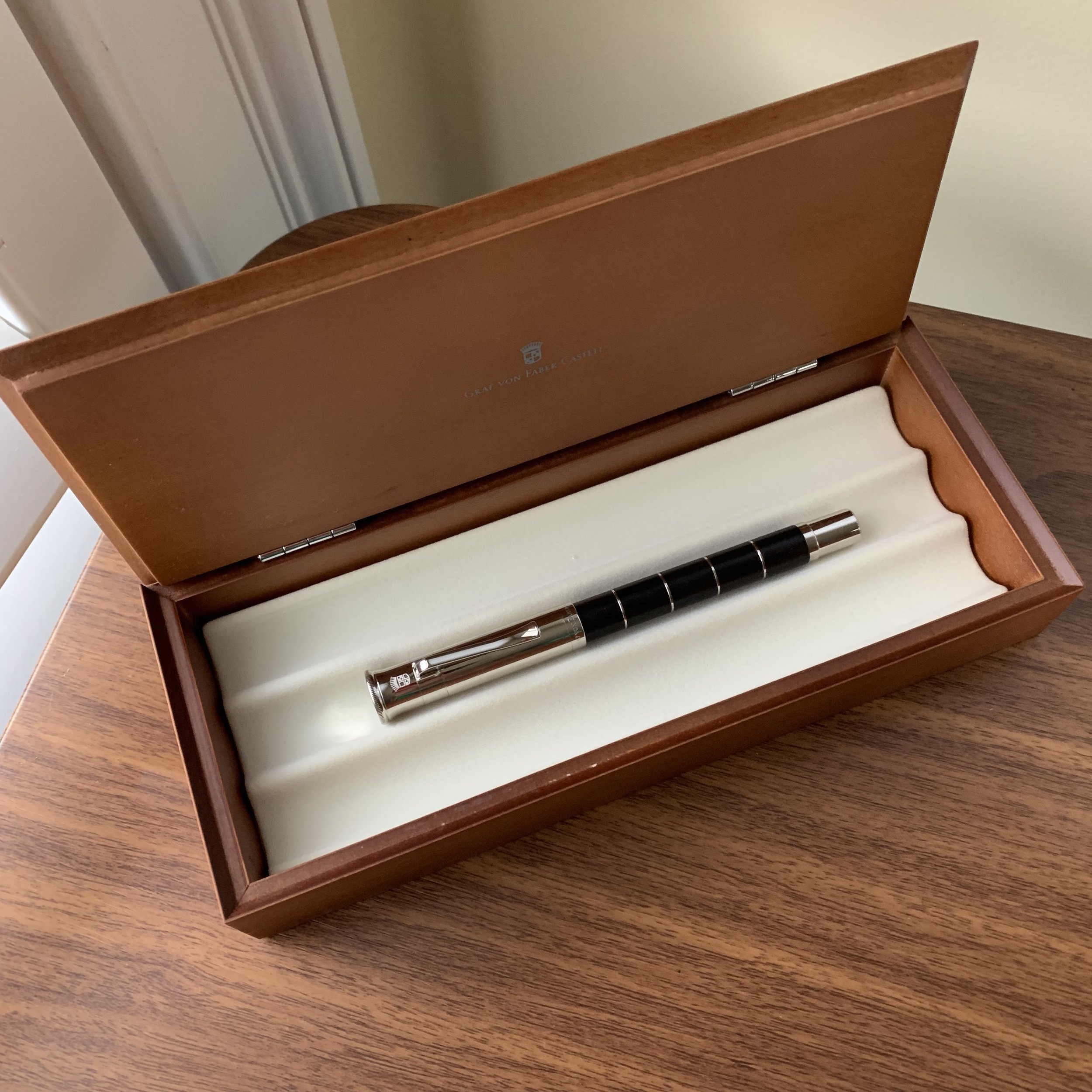Last year I declared the Bic Cristal “(Arguably) the Greatest Pen Ever Made.” Clickbait? Maybe, but I also didn’t get much disagreement. The Cristal has been around forever, beloved by everyone from students to accountants to artists. This past year, the Cristal refill even spawned its own Kickstarter project - a machined aluminum barrel called the “Baux Pen”. (It’s awesome, by the way, and any Bic devotee should consider picking up a couple once they hit the open market.)
No I didn't get shortchanged. These Kikkerland “Retro” pens are sold in packs of five, but one of the pens is living in my travel backpack.
But while millions of Bic Cristals are still produced every year, is it really the most beloved and/or iconic Bic pen? That’s questionable, considering how much people love the Bic Clic, the retractable ballpoint pen that you’ll recognize instantly if the name itself doesn’t ring a bell. The Bic Clic was the original quick-deployment pen used by reporters, doctors, attorneys, clerks, cops - well, you get the point, pretty much anyone who needed a reliable pen that was easy to use “in the field.” Bic ballpoint refills pretty much last forever, and you’ll run across boxes of vintage promotional Clic pens at yard sales and flea markets, many of which still have working refills 20 years later.
Look familiar? It’s a slightly nicer version of the pressed metal Bic Clic clip and nock. The Kikkerland version has a brushed texture.
To the dismay of many, Bic no longer makes the classic “Clic” pen for the regular market. If you want the classic, vintage-style retractable Bic pen (and have it actually be branded “Bic”), you’ll apparently need to spring for a large volume order of customized pens, or purchase someone else’s private-labeled version, like the ubiquitous Field Notes click pens or, as pictured here, the generic Kikkerland version.
Another shot of the clips and a close-up of a couple retro colors
Personally, I like the 1960s-esque retro styling of the Kikkerland pens. It looks as though they’ve tried to make an “upgraded” version of the BiC Clic, with a more finished clip, and nock mechanism that feels solid. There’s no rattling and the pen extends and retracts with a solid “thunk” and an audible - pretty loud, actually - click. Students and fellow office monkeys will be glad to know that they can annoy the heck out of someone with this pen in a boring class or meeting. In terms of the refill, the Kikkerland version appears identical to the Bic refill in one of my Field Notes pens.
Takeaways and Where to Buy
I like these pens (and Bic Clics in general). The Kikkerland pens are slightly pricey for what they are (a disposable ballpoint click pen) but the price wasn’t particularly egregious and the nostalgia factor sold me. No regrets here for this Bic fan.
I’ve stopped trying to predict where I’ll see Kikkerland stationery products “in the wild.” I occasionally run across them in bookstores, which is where I picked up this pack of Retro Pens. If these interest you, Amazon is probably the easiest way to grab a 5-pack and they currently qualify for Prime shipping. Kikkerland also sells metallic versions. Other old-school retractable ballpoints include the Bic-Clic branded Field Notes Pen I mentioned above, and the “government-issue” Skilcraft ballpoints that everyone seems to love but that I’ve never used. I really should do another guide/list sometime!
Disclaimer: This post contains affiliate links.
